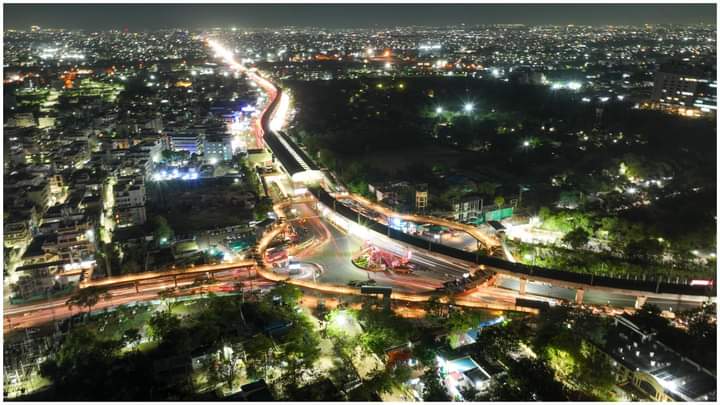The development and progress of different regions in the country cannot be attributed solely to one factor. The development of South India compared to certain northern states is a result of various historical, geographical, cultural, and economic factors.
However, it’s important to note that development is a complex and multifaceted phenomenon, and there are variations within regions and across different states.

Historical Factors
South India has a long history of prosperous kingdoms and dynasties, such as the Cholas, Pandyas, Vijayanagara Empire, and Kakatiyas, which contributed to the region’s economic and cultural development. These kingdoms had advanced agricultural practices, efficient administrative systems, and flourishing trade routes, which helped in economic growth.

Geographical Factors
South India has certain geographical advantages that have influenced its development. The region has a more favorable climate for agriculture with fertile lands, abundant rainfall, and access to rivers like the Godavari, Krishna, and kaveri. These factors have supported agricultural productivity and contributed to economic growth.

Cultural Factors
South India has a rich cultural heritage with a long tradition of education, literature, and arts. The region has been home to centers of learning, such as the ancient universities in Nalanda and Taxila. This emphasis on education and knowledge has contributed to the development of human capital and intellectual pursuits.
Linguistic Factors
South India has a relatively more homogeneous linguistic identity with a large population speaking Dravidian languages like Tamil, Telugu, Kannada, and Malayalam. This linguistic coherence has facilitated cultural unity and collective development efforts.

Economic Factors
The economy of South India has diversified and benefited from sectors such as information technology, manufacturing, services, and tourism. Cities like Bengaluru, Hyderabad, and Chennai have emerged as major IT and industrial hubs, attracting investments and contributing to economic growth.

Political Stability
Political stability is crucial for development, and South Indian states have often experienced relative stability and effective governance, contributing to their progress. Stable governments and proactive policies have played a role in fostering development initiatives and attracting investments.
It’s important to note that development is not uniform across all states in South India or North India. There are prosperous and economically developed states in both regions, as well as areas that face developmental challenges. Factors such as historical legacies, natural resources, governance, infrastructure, and social indicators vary significantly within and across states.

Overall, while South India has witnessed significant development, it is essential to recognize that development is a complex interplay of multiple factors and cannot be attributed to a single reason. The specific circumstances and unique characteristics of each region contribute to its overall development trajectory.




